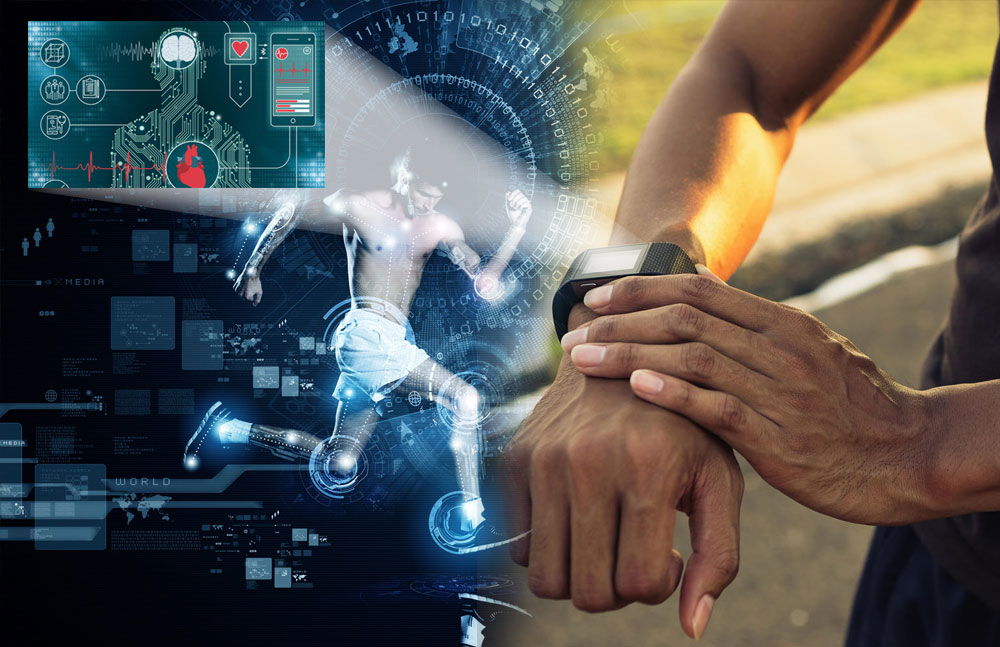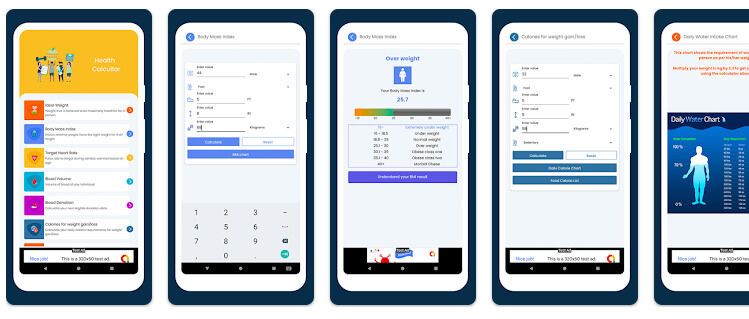The year is 2024, and the secret to keeping athletes in prime condition isn’t ice baths but wearable technology. Yes, the rise of wearable tech has far exceeded the counting of steps. These innovative devices now predict injuries, expedite recovery times, and ensure that athletes can perform at their best rather than sit on the bench due to injuries. Renowned sportsmen like LeBron James and Patrick Mahomes are perfect examples of taking their usability to the next level.
In the modern age, athletes don’t miraculously sidestep injuries, and a considerable degree of science is at play in the background. With the rise of wearables such as the Whoop wristband, which acts as a kind of personal cheering squad for athletes, they are warned beforehand when it’s safe to push the limits and when it’s more prudent to take a breather. Imagine an NFL player about to hit the gym for a brutal session, then their wearable starts flashing warnings about being dangerously close to a muscle pull.
Even in the NBA, players like LeBron use wearables to assess muscle strain and exhaustion levels. Therefore, the thrilling dunks that fans love owe some credit to these wearable devices. In the absence of such technology, such feats might not be possible, and players would instead be at home resting because of an injury.
With these devices, recovery from an injury no longer depends on mere prayer and ice packs; it has become a data-driven process. A case in point is Saquon Barkley’s remarkable return after an ACL tear. He was aided not solely by strenuous effort but also by wearable devices like the NeuFit’s Neubie.
These devices don’t just facilitate an athlete’s return to the game; they ensure that athletes return stronger than they were earlier. Using AI to analyze comprehensive data, athletes get recovery plans customized to their bodies.
Patrick Mahomes and Naomi Osaka stay ahead of injuries, thanks to wearable tech. When an athlete strains a muscle during a match or practice, their wearable tech immediately sends data to the coaching staff who then adjust the player’s workload. Also, devices like the Whoop band help monitor players’ sleep patterns – a crucial aspect of all-round fitness and performance.
In 2024, wearable tech like Hytro’s Blood Flow Restriction has emerged as another technological marvel. Athletes like Mo Salah swear by these devices, which restrict blood flow to muscles to speed up recovery. Such technologies allow athletes to recover faster, cut downtime, and avoid injuries.
Devices like the Catapult Vector T7 are consumer favorites in elite rugby and football leagues. This device monitors a player’s biomechanics, mapping aspects like acceleration, force, and movement patterns. Quelling soft tissue injuries to half among regular users, such devices aren’t just preserving careers but are shaping the future of physical training.
These wearable techs are embedded with sophisticated AI that analyzes massive amounts of data to predict an athlete’s risk levels and advise when they need to slow down. Through wearable tech, athletes are essentially given a second pair of eyes, continuously looking out for their well-being.
The future of sports involves these wearable devices that help athletes stay in top health, recover faster, and deliver their peak performance. And, while these devices are a staple for athletes, their availability for the wider public might not be far off. After all, if such devices are effective for elite athletes, they could also benefit average fitness enthusiasts, right? So, those of us still dealing with the repercussions of a strenuous ‘weekend warrior’ basketball game may soon find these wearables as an invaluable aid.




